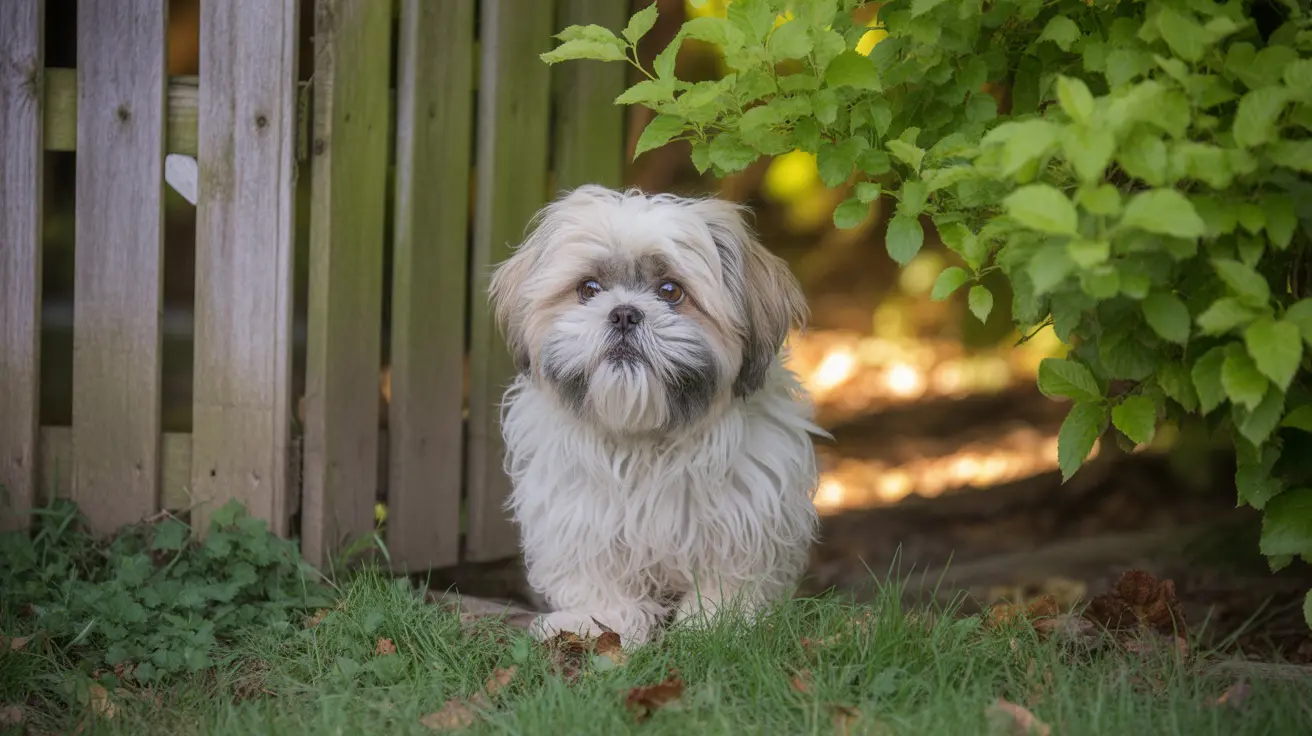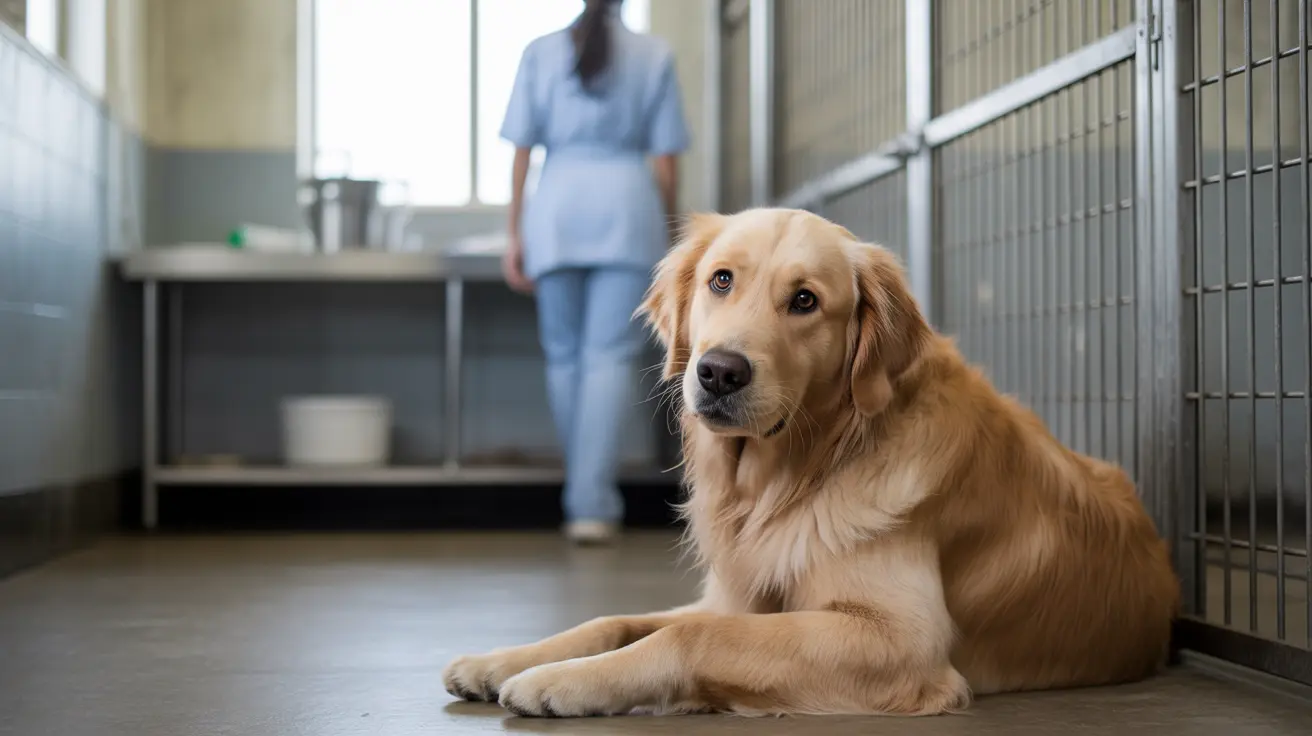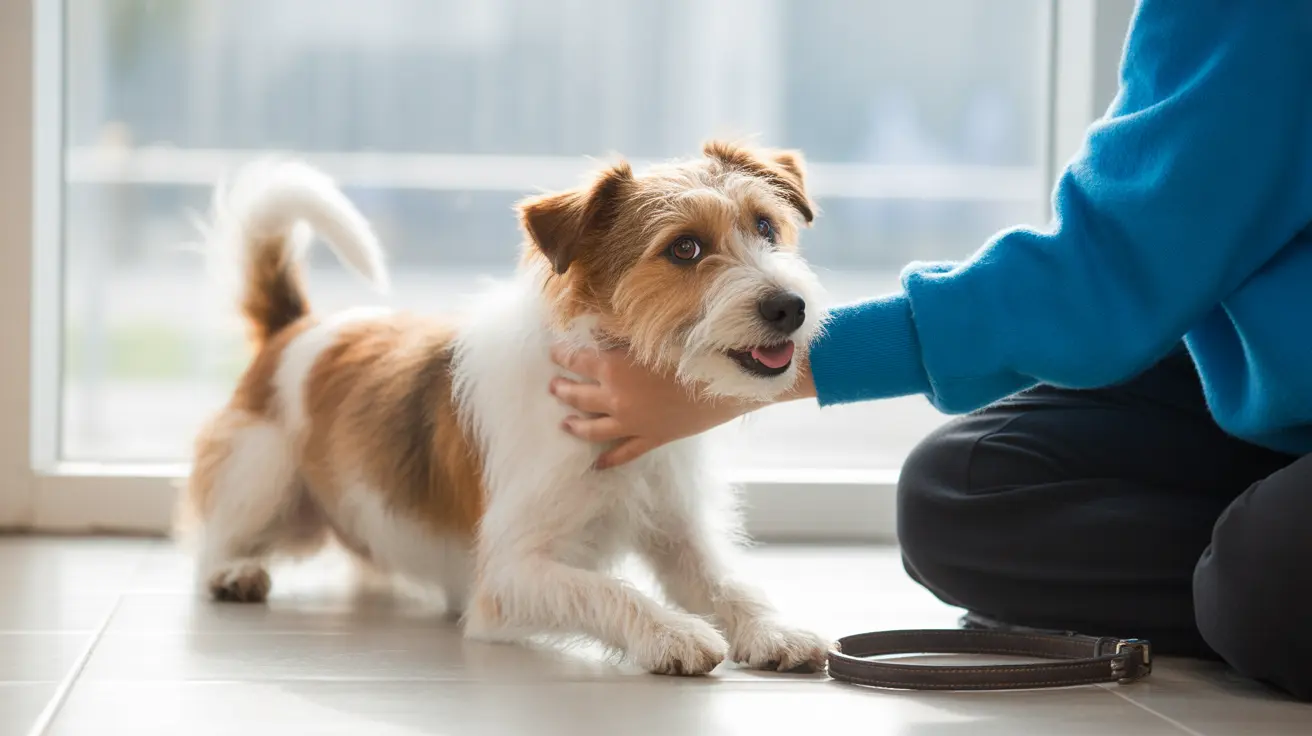The Bond Between Mother Dogs and Puppies: Nature’s Blueprint for Early Canine Life
The relationship between a mother dog and her puppies is a remarkable example of instinctive care, teaching, and gradual transition. This bond isn’t just about affection; it’s a carefully orchestrated process that ensures each puppy gets the best possible start in life.
Early Weeks: Total Dependence
From birth through roughly three weeks of age, puppies are utterly dependent on their mother. At this stage, they’re born deaf, blind, and unable to walk. The mother provides everything—nourishment through her milk (especially the antibody-rich colostrum), warmth by curling around them, and even stimulation for elimination by gently licking their bodies.
- Puppies rely on their mother's milk for nutrition and immune protection.
- The mother keeps them warm since newborns can't regulate body temperature.
- Licking stimulates urination and defecation—a critical function at this age.
This period is also when the foundation of social bonds forms. The puppies recognize their mother’s scent as comforting and safe. Her presence shapes their earliest experiences of the world.
Transitioning: Weeks Three to Four
Around three to four weeks old, things start to change. Puppies open their eyes, begin to hear, wobble around on unsteady legs, and show curiosity about solid food. The weaning process begins as they slowly shift from exclusive nursing to sampling what their mother eats.
This shift isn’t just physical—it’s hormonal too. The hormones that drive maternal behavior in the mother (like oxytocin) begin to decrease as weaning progresses. This prepares both parties for eventual separation: the puppies gain confidence exploring independently while the mother gradually steps back from constant care.
Learning Life Skills: Socialization Through Mom
The mother dog does more than feed her pups; she teaches them how to be dogs. Through play and gentle correction—sometimes a nudge or soft growl—she shows them:
- Bite inhibition (learning not to bite too hard)
- How to interact with siblings (play rules)
- Proper responses to new sights or sounds
- Elimination habits (moving away from sleeping areas)
Puppies watch their mom closely, mimicking her reactions to unfamiliar people or environments. These lessons help shape confident dogs who understand canine communication signals—body language, vocalizations—and know how to behave around others.
The Science of Scent: Recognition Beyond Separation
A dog’s sense of smell is legendary. Studies show that mothers can recognize their puppies’ scent long after separation—and vice versa. This olfactory memory underpins much of the early bond; it’s why even after adoption, some dogs show recognition if reunited years later.
Separation: When Is It Time?
Puppies are usually ready for adoption at about eight weeks old. For some small or sensitive breeds, waiting until ten or twelve weeks can be even better. This timing allows:
- Completion of physical weaning
- Development of vital social skills through peer play
- Confidence-building by observing mom handle everyday life
If separated too early—before eight weeks—the risks go up: fearfulness, anxiety, aggression, resource guarding, or poor bite control may develop later on. But keeping pups with mom beyond normal socialization periods can also cause problems like hierarchy stress or increased parasite risk.
Evolving Bonds: Moving Toward Independence
The maternal bond is intense but designed to evolve as puppies grow. As they become more self-sufficient and socially adept, the mother's focus returns to her regular routines. While some mothers may show brief signs of loss when pups leave (and vice versa), most adjust quickly if separation happens at an appropriate developmental stage.
This natural progression ensures that both generations thrive—the mother regains her independence while her offspring are equipped for life apart from her care.
Lifelong Impact: Lessons That Last
The influence of a good canine mom doesn’t end at weaning. Her early guidance leaves lasting marks on her puppies’ emotional stability and social skills:
- Puppies learn how to communicate with other dogs through body language cues first modeled by mom.
- They develop resilience facing new experiences because they’ve watched their mother handle surprises calmly.
- Proper early socialization helps prevent future behavioral issues like anxiety or aggression.
Summary: Nature’s Well-Designed Transition
The bond between a mother dog and her puppies is strong yet flexible—a mix of instinctive care fueled by hormones and reinforced through daily interaction and scent recognition. As time passes, both parties are primed for independence thanks to gradual changes in behavior and biology. Waiting until eight to twelve weeks before separating puppies from their mothers gives them the best shot at becoming well-adjusted adult dogs who carry those early lessons throughout life.





